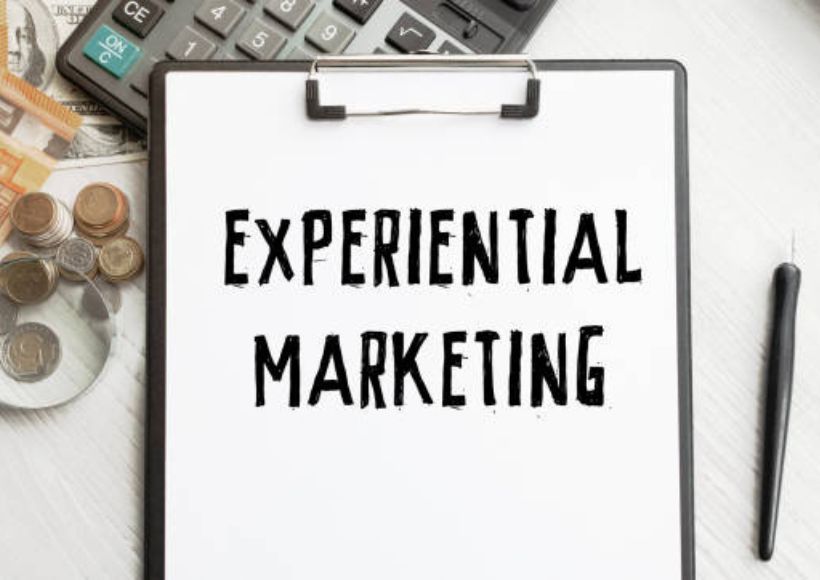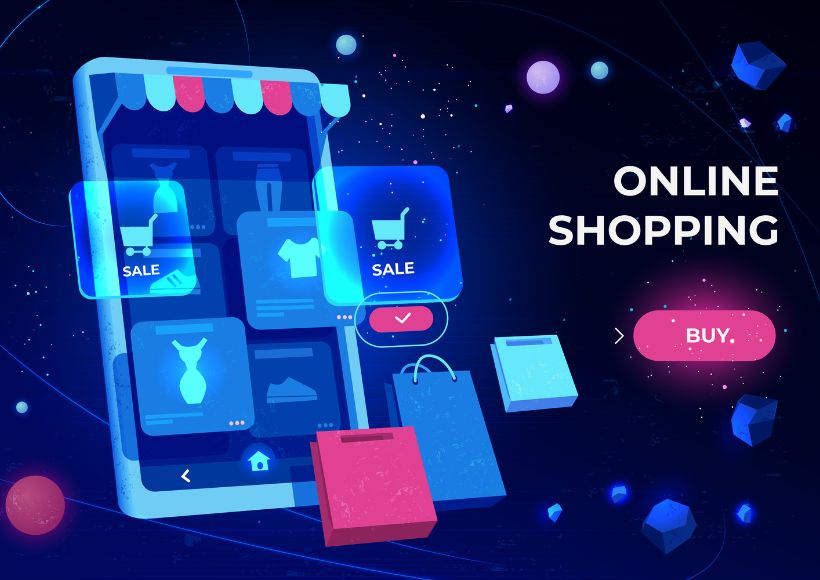What Is Experiential Marketing?

What Is Experiential Marketing? generates a direct experience for consumers with the brand instead of just sending them messages. Experiential marketing uses brand activations with which it builds an emotional bridge with people thanks to what they have experienced.
Resources To Create Marketing Campaigns Following The Inbound Methodology
For an experiential marketing strategy to be successful, it must comply with certain aspects to make a significant connection with the people it is directed to
- Sensations.: The idea is that efforts are required to stimulate the senses of the target audience, although it does not mean we should overload it. You have to choose the most important ones that fulfill the task, both for the objective of the campaign and to benefit the contact with the product or service and the client.
- Emotions. When people have a positive experience with a brand, they tend to make the conversions that the brand expects of them. The important thing is that there is a positive connection beyond the sensory, which appeals to emotions related to happiness, pleasure, tranquility, etc.,
- experiences: Also associated with actions, here we refer to what the experience means in the audience’s lifestyle: what does it bring them to add value to their day-to-day life? What does it tell you about your decisions based on your context? That is why experiential marketing cannot be addressed to everyone: you need to focus on a specific audience to identify it without problems.
- Thoughts: By using creativity to get people’s attention, experiential marketing will appeal to cognitive processes so that prospects associate the product or service with something positive in the way it solves the pain points in the customer life cycle. .
- Relationships: Appealing to empathy through interaction is an effective way to nurture trust with a brand. The objective is to build relationships, either through experiences that unite groups of people in front of the brand or that it is the brand that is presented through influencers, representatives, or collaborators.
How To Do A Brand Activation
It is essential that when planning a brand activation, it is taken into account that it must cover all the channels and points of contact of the company with which it has a relationship with its target audience
- The buyer’s journey of your buyer personas and your most important points of contact
You will notice that there are three concepts that you must have defined in your global marketing strategy: who are your buyer personas (that is, the representations of your ideal clients, their behaviors, what they want to solve, their lifestyle, etc.), which is their buyer’s journey and where do you find them at each stage and what are the touchpoints with your brand that you want to take advantage of.
- The objectives of the strategy
Sometimes, people who are not in marketing have difficulty understanding that it’s not all about qualitative goals. In other words, a higher number of sales is the goal of all efforts, but sometimes you must use other purposes so that the inbound cycle does not lose momentum.
3.A creative team
Put yourself in the hands of an innovative team that understands what you want to get to work, whether it’s part of your company or you’ve hired an outside agency. You must first understand the goals and then come up with the idea that puts that into practice in an engaging, positive, and memorable way. In addition, you can adapt face-to-face events to digital
- The KPIs you will measure
Find a key performance indicator (or KPI) to help you measure the success of your strategy based on your main objective. If you also consider other goals (perhaps your brand activation seeks to capture leads from possible influencers for future efforts, but it was also a successful engagement on your social networks, and your audience grew), record the corresponding indicators.
Also Read: Four Key Factors To Succeed With Your Sales Strategies




